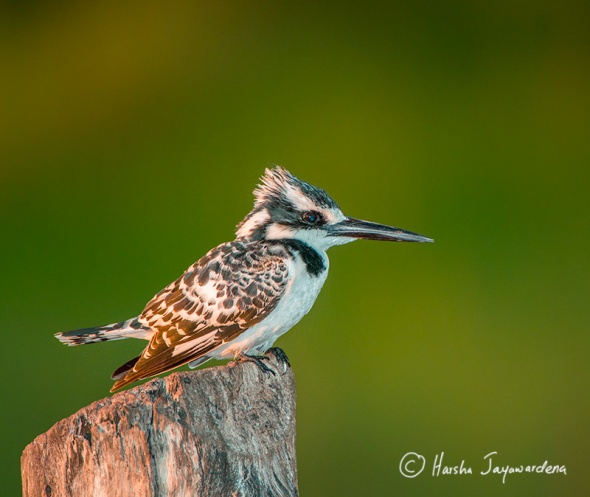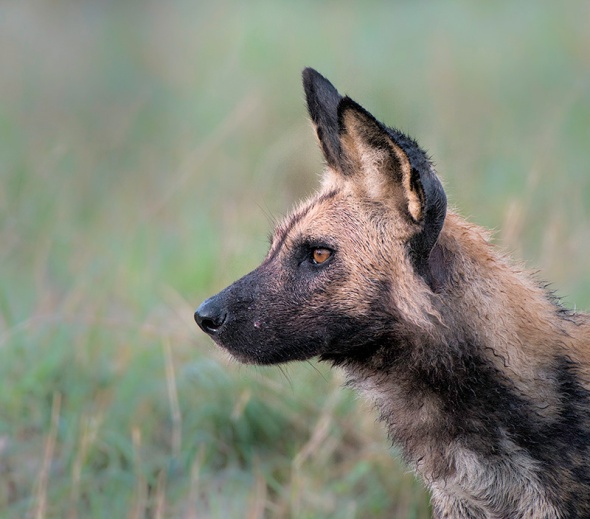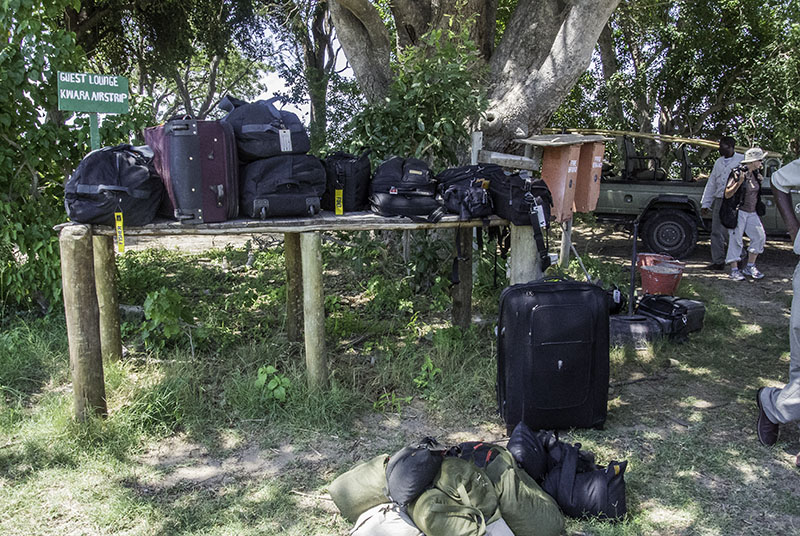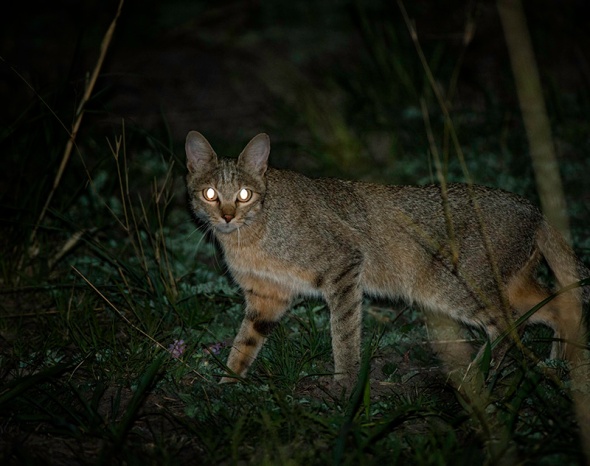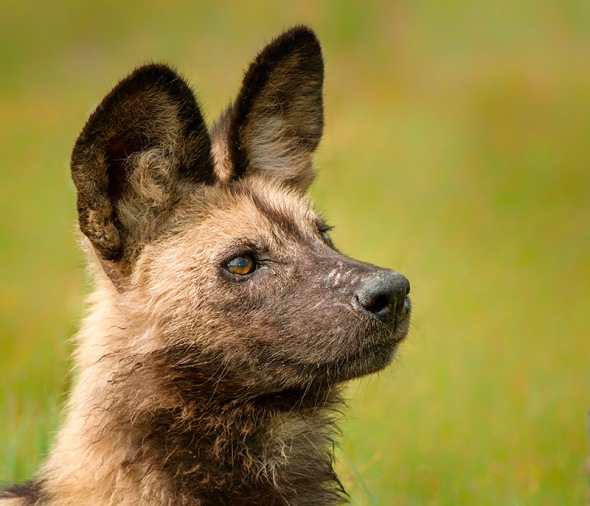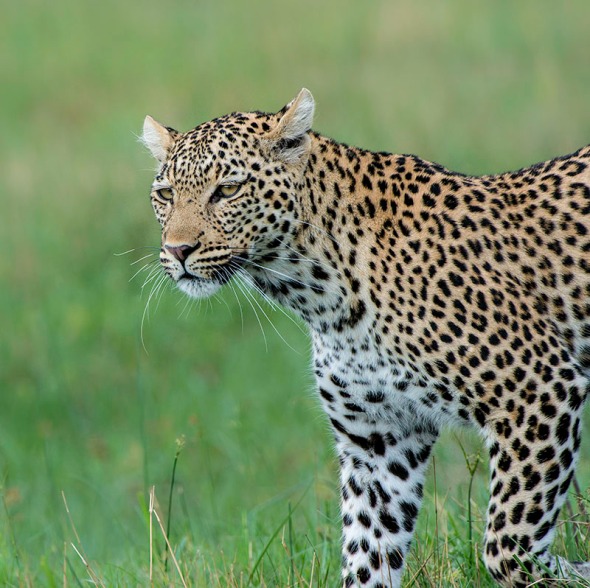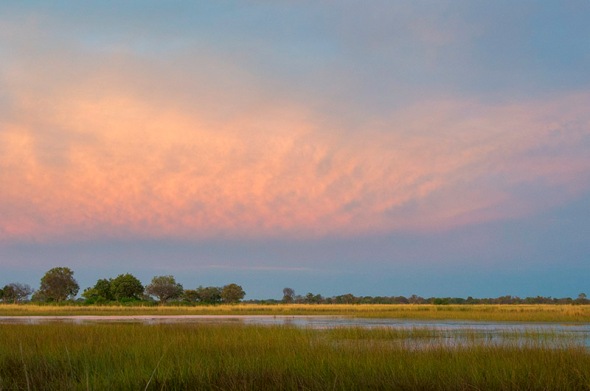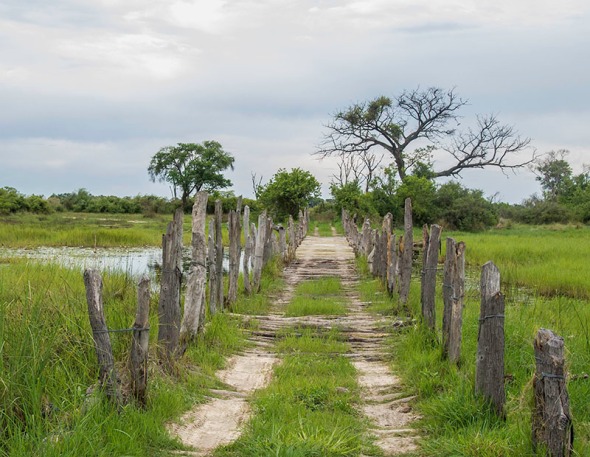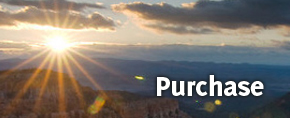Botswana 2012 Trip summery
Pied kingfisher, Chobe River.
Please read the earlier post that describes the preparation for the trip and the equipment list.
Equipment
We had five in our group. Three were shooting nikon and two had canons. All cameras worked without problems.
I used 200-400 with a 1.4 TC 80% of the time. D3 and 70-200 was used 15%. 24-70 was used seldom for landscapes. I did not miss my 600VR. I really like the zoom feature of the 200-400.
I also enjoyed the nikon v1 with the 10-30 lens as a point and shoot camera. Obviously it was more than PS camera. V1 was attached to my long lens with the adaptor when my lens on the DSLR was not long enough. The quality of the images were quite good. When there was action I gave the V1 to my driver to video tape the scene.
All of the places had vehicles that were not ideal for the use of bean bags. We modified the vehicles by tying two poles to each side of the vehicle so we can place the bean bags over them. This worked great. The molar bags fitted the poles better than the kinesis bags. Julie used her puffin pad from the vehicle and she liked it. She never used her super clamps that she brought. I would recommend carrying bungee cords to secure the bean bags and the camera bags to prevent them from flying off the vehicles. Tripod was used few times for the sunset pictures.
Gura gear kibuku bag worked well. It carried all my gear both in the plane and the safari vehicle. In the safari vehicle I looped a bungee cord around the side handle and secured it to the seat. I wished it had a laptop compartment so I didn’t have to bring a separate laptop bag.
My fear about carrying heavy hand luggage in Air Botswana flight was unfounded. They never checked the weight of the hand luggage. It weighed twice the allowed weight.
iPad used for reading and I wrote this blog post using WordPress app. All the camera manuals were stored in the iPad for easy reference.
My hyperdrive storage device malfunctioned. It would only download part of the images from the Lexa 1000x card. I should have tested the combo before bringing on the trip. Also check your card reader to make sure it works with your cards. Bringing two card readers in case of failure. I used my laptop to make two copies of the images to the laptop hard drive and external passport drive. I shot nearly 250GB of images. This was partly due to large file sizes of D 800. I also brought enough CF cards in case my hard drive failed.
Wonpro Universal 5-Outlet Power Strip with Surge Protector that I brought was very helpful. Many of the places we stayed had only few outlets and finding outlets to charge all the gear was a challenge. I also used Botswana to USA converter to plug in my power cord to theirs.
Weather was very pleasant and the cloud formations were gorgeous. We had few rain showers but not enough to interfere with the game drives. The prices were 40% cheaper compared to peak season in July-September. The game viewing was excellent but we had to work hard to find the animals due to availability of the water.
I did not use my rain coat at all. All the vehicles had garbage bags to protect the gear and good quality parkas for the guests. Mosquito repellent was never used.
It is not a bad idea to take some rehydration electrolytes in case you develop diarrhea.
One of the other members of the trip Rich had this to say.
· Point and shoot camera is helpful, especially for grab shoots around camp
· Took more pictures than I thought I would – especially with the camera set on high-speed in case action happened. Important to be ready for action, so keep set on high-speed.
· Feet for big lens is helpful on bean bags (see Wimberley Module 1 – M-1 / pair of these mounted on each end of QR plate will help the lens be more stable)
· Small paper notebook or small recorder to get names correct. ( I used the voice recording function of D3 instead of a tape recorder.)
· Did not use 16-35 but 24-105 was very handy. Lens were 24-105, 70-300 and 500 with TCs.
· Wimberley head was overkill – did not use it enough to justify weight. Full sized ball head would have sufficed.
· Limit clothing. 5 changes of tee shirts, socks, underwear is sufficient with 3 changes of pants and long sleeve shirts (2 might work but extra just in case)
· Cap clip – hats are easily blown off in windy vehicles
Botswana 2012 Trip report Part II
Botswana Trip Report 2012 – part I
Day 1
This is the beginning of the rainy season in Botswana .( Nov 27th). The prices were half of the peak time rates. Our tour leader is Ty Smedes, a well known Des Moines, IA area nature photographer and author. It was organized by wild sources based in Colorado.
The 14 hr flight on Delta from Atlanta to Johannesburg was bumpy but uneventful. . The whole group ( Ty, Rich, Donna, Julie and myself) stayed the night in the city lodge at the airport which is very conveniently located.
My room, City lodge at OR Tambo airport, South Africa.
Day 2
My finalized checked luggage weighed 47lbs which is just over 44 Ibs allowed by Botswana air. The backpack weighed 33 lbs. The other carry on had my laptop and the iPad. They were both way over 7kgs allowed. In fact, all 5 of us were over weight and had two carry on items instead of one allowed by Botswana air.
The nice lady at the counter never weighed our carry on. My kiboko bag barely fit into the overhead compartment.
Air Botswana plane we flew

We arrived in Kasane , Botswana after an hour and a half flight. Our first two nights will be at Chobe game lodge at Chobe National Park. The lodge is old and rustic. It overlooks the Chobe River. I could tell that the rainy season had already started. The trees were budding with new leaves. The water puddles were everywhere. Newborn impalas were a common site.
In the afternoon we decided to take the boat ride along the Chobe river. Teekee, our guide was excellent in maneuvering the boat so we could get close to the shore line without spooking the birds. There were many kingfishers, cormorants, open bills, crocodiles and other animals.We were able to use tripods on this flat bottom boat without difficulty.
Day 3.
We have asked our guide at Chobe Lodge to purchase 50Kg of beans to fill our bean bags. What we didn’t realize was that beans were very expensive and it would have been much cheaper to purchase rice instead. The open top vehicles in Botswana are not well suited to use bean bags. Ty, the group leader got the guides to modify the vehicles by tying two poles to each side of the vehicle at shoulder height. The bean bags were place over the poles and then secured with bungee cords. This worked extremely well.
Modified safari vehicle.
The morning drive started just before sunset soon after we had coffee and cookies. This particular morning the sunrise was gorgeous. We saw impalas, elephants, jackals and many birds. The african sea eagles were everywhere. For the first time I was able to try my Nikon V1 camera attached to 200-400VR lens using FT-1 adaptor. With the V1 sensor’s 2.7Crop factor 200-400 became 540-1080 lens while maintaining a constant aperture of 4.
This picture of the sea eagle was taken with V1 + 200-400+ 1.4TC giving effective focal length of 1512mm. I was pleased with the results. The VR function of the lens come handy at this focal length. The downside is Vr is always on. This can drain the battery. The only way to turn off the VR is to turn off the camera or switching off the VR knob on the lens. Another limitation is that it only allows single Af.
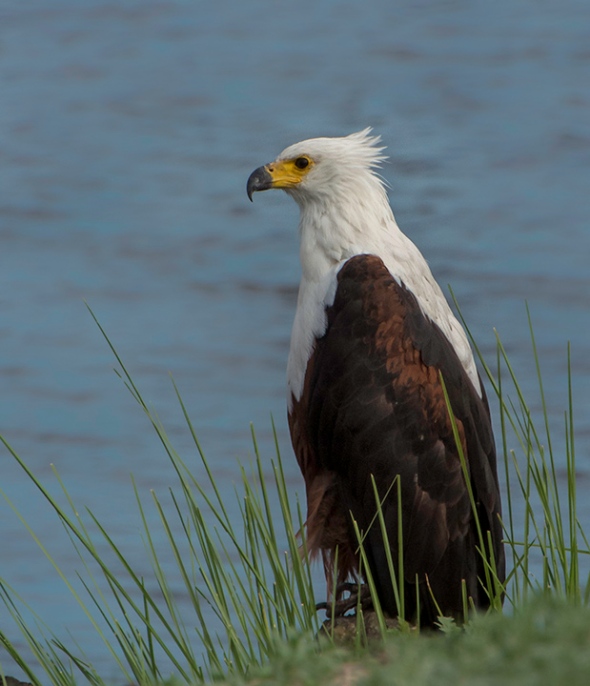 In the afternoon we decided to explore the Chobe river by boat. The highlight was the elephant herd that came to drink water.
In the afternoon we decided to explore the Chobe river by boat. The highlight was the elephant herd that came to drink water.
Day 4.
I got up early in the morning to get sunrise shots along the Chobe River. Both the Pied and the Giant kingfishers were active but skittish.
Around 10Am we drove to Kasane airstrip to fly to Suvatu area of the Chobe National Park.
Our ride.
 Arriving at Savute International Airport
Arriving at Savute International Airport
Savuti is a remote part of Chobe NP famous for Lions and Leopards. The movie Eternal Enemies was made in this area. In 2010 after 28yrs, the channel started flowing through Savuti creating a marsh rich in wildlife. The next three nights will be spent at Camp Savuti located on Stolen River.
Welcoming party at camp Savuti
 My home for next three nights.
My home for next three nights.
The afternoon was spent exploring the park. The water from Savuti channel transform this dry area into a lush marsh full of life. Hundreds of yellow bill storks., egrets, ibis, plovers and many other wading birds were seen.
Savuti Marsh
 One thing that struck me was the number of elephant carcases seen in that area. I counted more than twenty. This is a result of over population and lack of food due to drought. One of the guides thought that anthrax may be responsible as well.
One thing that struck me was the number of elephant carcases seen in that area. I counted more than twenty. This is a result of over population and lack of food due to drought. One of the guides thought that anthrax may be responsible as well.
Malibu storks feeding on a carcass.
Day 5
It rained all night and into the morning. What appeared to be a gloomy day turned out be one of the best days of the trip. We left the camp around 6am. At 6:07 I saw a Stepp eagle perched very closed to the road. Then we found a lion mating with two lionesses. We spent most of the morning watching the honeymooners. In the afternoon my vehicle spotted a leopard. We had at least 30 minutes with this magnificent animal before it disappeared into the woods.
Towards the sunset, another vehicle spotted a pair of mating leopards. They have seen them mating at least 7 times. When we got there, the light was quickly vanishing. The leopards were resting under a tree but no mating was seen.
Day 6.
We head out to the area where the mating leopards were seen last evening. They were nowhere to be found. Our guide and driver KG found new leopard tracks. We followed them for nearly one kilometer through the shrub into a baobab forest.
Part of the Baobab forest.
Then we caught a glimpse of a leopard coming down a huge Baobab tree. I was little late to react to the situation. In a hurry I just aim at the tree and took this picture. She was gone in a flash. Nest hour so we saw the pair mating and hear the growling male after the each act. However they were behind a heavy overgrowth and we never able to get a clear view of them.
Day 6,7 and 8
We had our sixth leopard sighting. She is known to have two cubs only few months old. The mother was found resting on the ground. The cubs were nowhere to be seen.
It was time to leave Savuti area and head to Okavango Delta. Our next destination is Mapula lodge situated on a private concession of 12 000 hectares in the northwest seasonal floodplains of the Okavango Delta – the concession borders with the world-famous Moremi National Park. The flight from Savuti to mapula took less than 30 minutes.
Areal view of the Delta. The lodge is located overlooking a lagoon. I could see a dozen hippos swimming at any given time. The staff and guides were most accommodating and welcoming.The facilities were outstanding.
The lodge is located overlooking a lagoon. I could see a dozen hippos swimming at any given time. The staff and guides were most accommodating and welcoming.The facilities were outstanding.
My tent and the tub

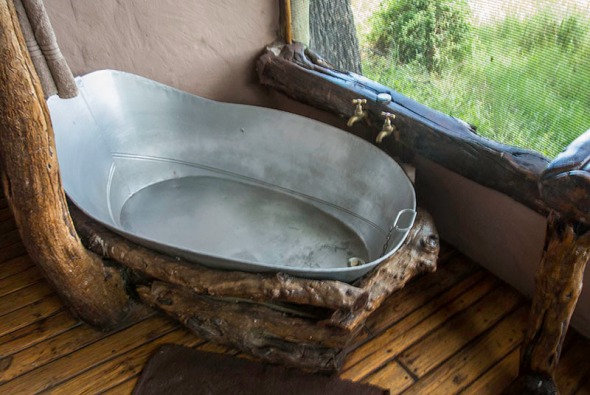 One thing I found was that the birds and animals tend to be skittish compared to other places we visited. The birds especially take off way before I could get closer to them to get a decent shot. Impalas that are very used to people in other camps disappear at the sound of the vehicle. The camp is bordering a village and there may be some poaching going on. This may explained the behavior of the animals. It is pitty that this is happening as the lodge is located at the most beautiful place and the staff is outstanding.
One thing I found was that the birds and animals tend to be skittish compared to other places we visited. The birds especially take off way before I could get closer to them to get a decent shot. Impalas that are very used to people in other camps disappear at the sound of the vehicle. The camp is bordering a village and there may be some poaching going on. This may explained the behavior of the animals. It is pitty that this is happening as the lodge is located at the most beautiful place and the staff is outstanding.
I woke up to this sunrise the next morning.
Everyday we were at the Mapula lodge, we cross this ancient bridge made out of log. On either side of the bridge was a pond full of life. At any given time there were several piep kingfishers fishing. There were African Jacanas on liily pads, blooming lotus flowers, cormorants, egrets, pigmy teal and many other wildlife. Somedays we spent a fair amount of time watching the life below.

This area is home to a famous pride of lions. The three lion brothers are known to take down elephants. We came across the brothers on more than one occasion.
The wild dog pack at Mapula was not seen. On our last day we got to see the rare but beautiful Sable antelope.

